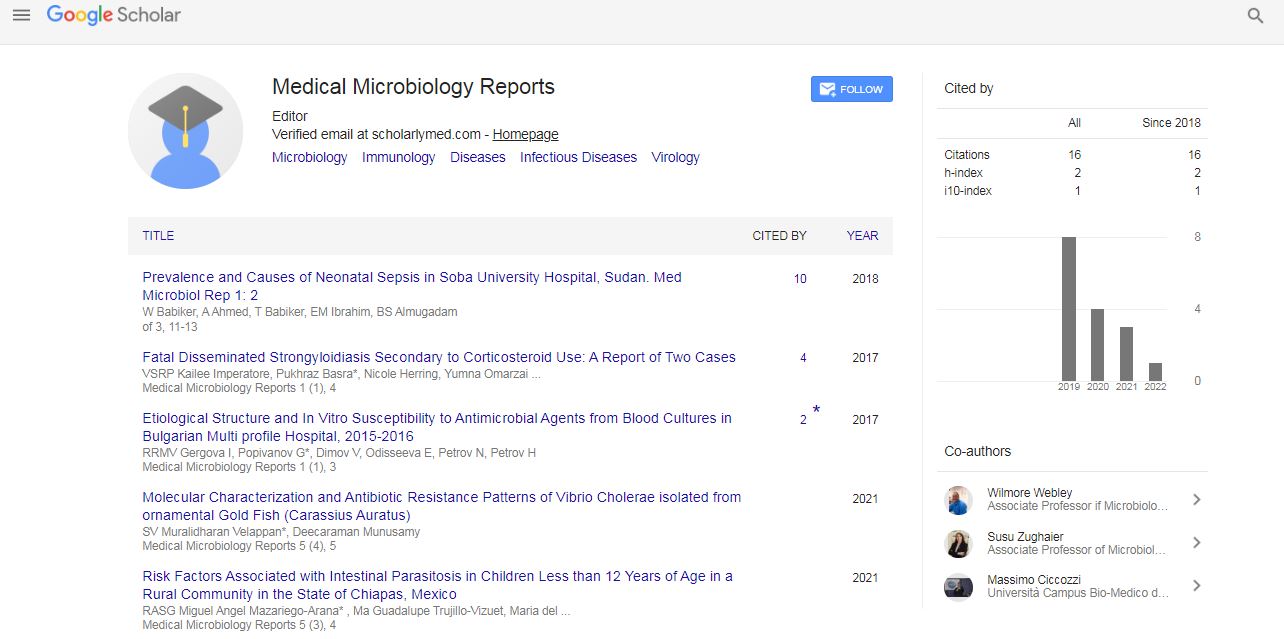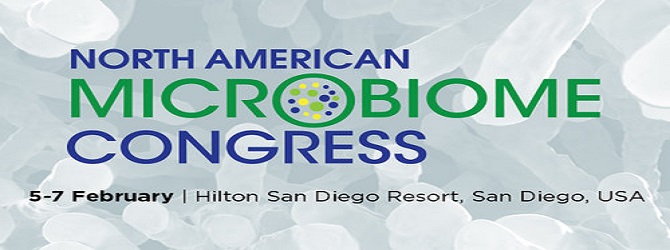The treatment of complicated nosocomial infection of a dehiscent laparotomy wound
Robert Simon
Pavoj Jozef Safarik University, Slovak Republic
: Med Microbiol Rep
Abstract
Statement of the Problem: Complicated intra-abdominal infections can result in increased mortality and morbidity. The incidence of multi-resistant pathogens is increasing. The presented case study presents the successful therapy of tigecycline in combination with other antibiotics in the case of a severe infection of a dehiscent laparotomy wound. Case report: A 64-year-old patient was readmitted into 2nd Department of Surgery University Hospital in February 2017 12 days after surgery for decompensated ileus caused by sigmoid colon tumor after right-sided loop transversostomy. Four days after discharge he noticed a breakdown of the surgical wound, bleeding and green-yellow content from abdominal wound. Dehiscent laparotomy wound was present with signs of intestinal fistula. The laboratory screening showed leukocytosis 29.05 x 109 /l, CRP 148.63 mg/l. A combination therapy of cefotaxime and metronidazole was started. Following the inevitable preparation the original dehiscent laparotomy was opened. The incision across almost the entire intestine on the antimesenteric border of ileum with a length of about 3 cm was found. Apparently, it was a injury caused by suture material in the dehiscence of the abdominal wall. The entire small intestine distal from the finding was thickened, the wall was suffused and stiff. Approximately 20 cm perforated ileum was resected. The terminal ileostomy was constructed from proximal end. 3 days after surgery due to exudation from the wound, the skin suture was released and swabs were taken from the wound. Enterococcus faecium VRE-type VAN A was detected in these swabs. After 2 days tigecycline was added, ertapenem was left in treatment for good sensitivity against Proteus mirabilis. CRP and PCT values decreased in 10 days after antibiotic treatment, Enterococcus strains were eradicated from the wound. The wound was retained for the next 14 days, followed by a secondary suture. Conclusion: VRE has become an important nosocomial pathogen worldwide due to its ability to colonise the gastrointestinal tract, its persistence in the hospital environment and the presence of several antibiotic resistance mechanisms.
Biography
Róbert Šimon works as a general surgeon on 2nd Surgical Clinic of University Hospital in Košice, Slovakia. He is also teaching surgery at Faculty of Medicine.
E-mail: simon.robert@post.sk
 Spanish
Spanish  Chinese
Chinese  Russian
Russian  German
German  French
French  Japanese
Japanese  Portuguese
Portuguese  Hindi
Hindi 
